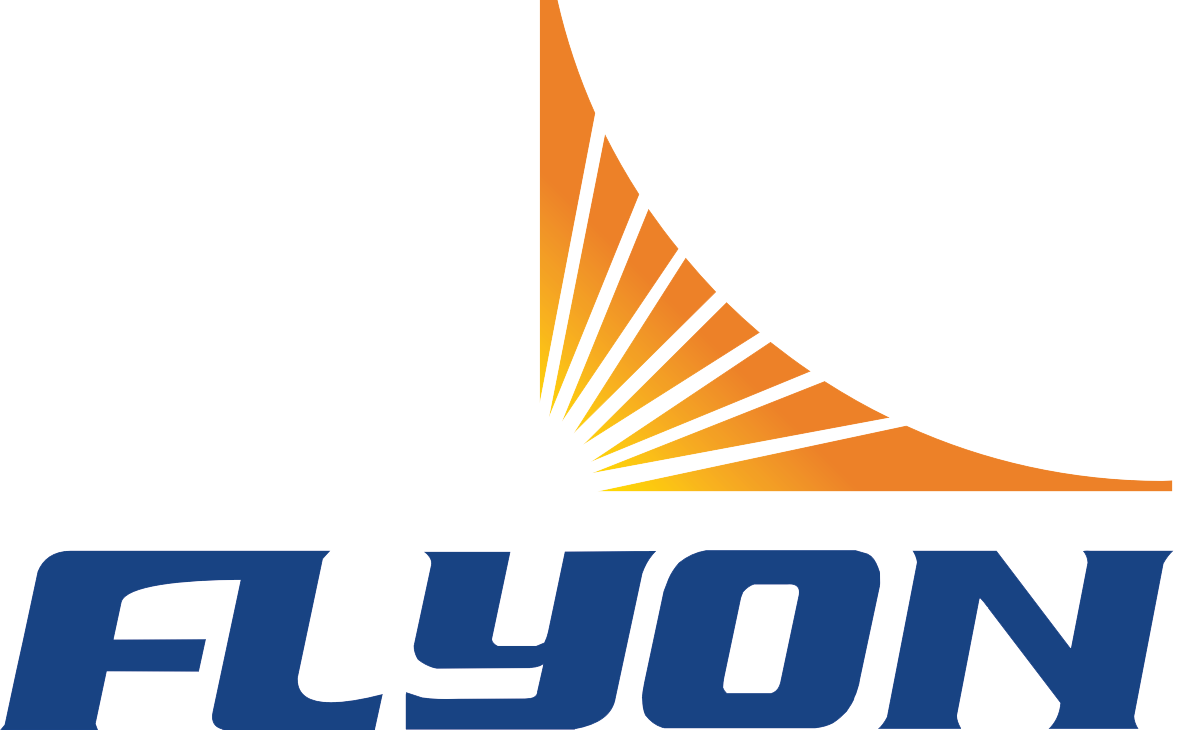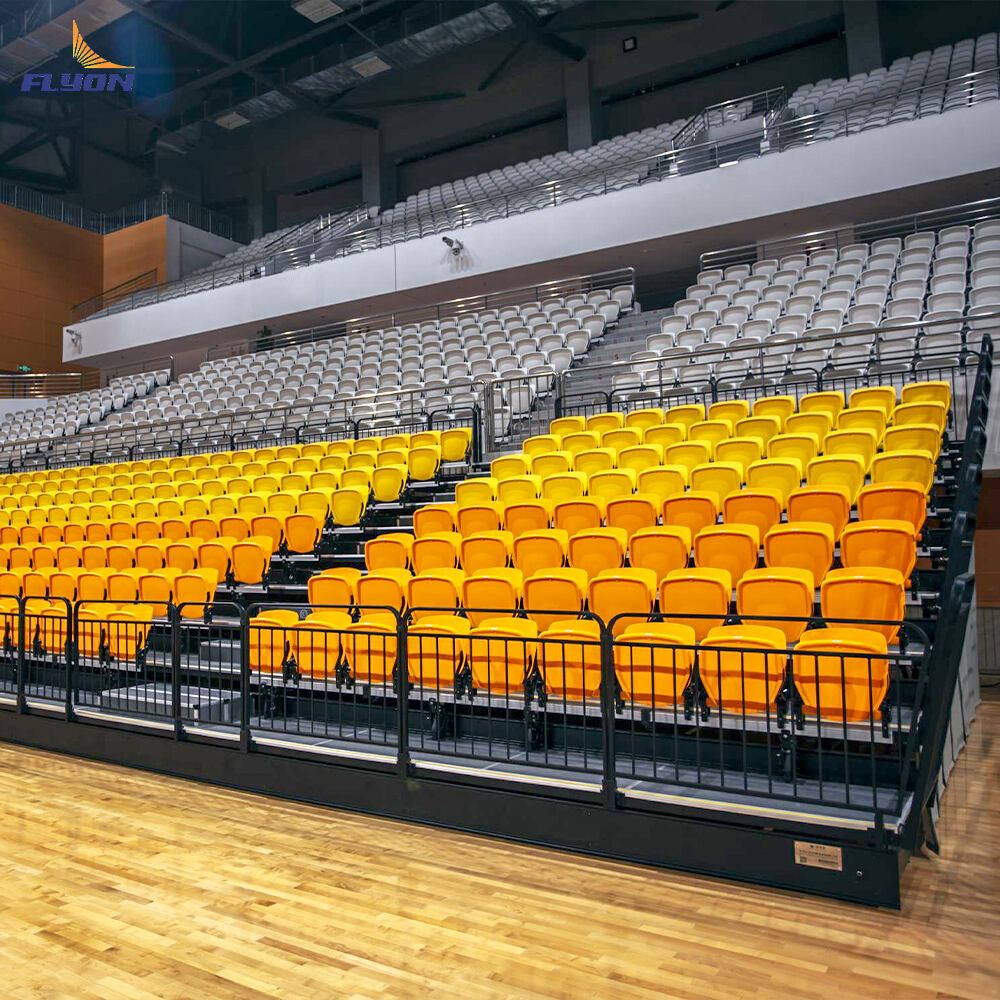Core Principles of Ergonomic Stadium Seating
Posture Support and Lumbar Alignment
Ensuring proper lumbar support is crucial to preventing discomfort during lengthy events, and ergonomic stadium seating addresses this by aligning with the spine's natural curvature. Emphasizing posture is particularly significant, as detailed in a study published in the Journal of Ergonomics, which found a significant correlation between proper posture support and reduced fatigue. Designs that integrate lumbar alignment often enhance spectator experience by promoting healthy spine posture through contoured seating options. Using insights from ergonomic studies, stadium seat designs cater to various body types, making them inclusive and tailored for comfort. Such focus on ergonomic seat support not only aids in reducing discomfort but also plays a vital role in maintaining overall wellness during prolonged events.
Adjustable Features for Diverse Fan Needs
Incorporating adjustable features in stadium seating caters to a wide array of fan requirements, providing customizable comfort to enhance the event experience. Adjustable armrests and seatbacks are essential to accommodate different body dimensions, addressing the significant market demand demonstrated by statistics showing that 60% of fans prefer customization options. Stadiums are incorporating features such as retractable seats to ensure accessibility for all. Advances in technology have enabled smoother adjustments, ensuring these modifications do not disrupt others, thereby maintaining harmony in fan engagement. Such adaptable stadium seating solutions reflect the growing emphasis on personalized comfort and accessibility, making it easy for spectators to adjust their seating to their liking without any hassle.
Material Innovations for Comfort and Durability
High-Performance Fabrics and Breathability
High-performance fabrics in stadium seating are revolutionizing comfort levels for spectators. Moisture-wicking and breathable materials are increasingly favored over traditional options due to their ability to manage heat and humidity, significantly enhancing spectator comfort. Traditional materials often fail under high-pressure environments, while advanced fabrics excel in both durability and user comfort during prolonged events. Research indicates that high-performance fabrics excel in temperature regulation, keeping spectators comfortable even in diverse climatic conditions. By integrating these materials, stadiums can dramatically improve the overall fan experience, ensuring that comfort is consistent across different weather scenarios.
Thermowood and Weather-Resistant Composites
Innovative materials like thermowood and weather-resistant composites are key to longevity and minimal maintenance in stadium seating. Thermowood offers exceptional stability and resilience, making it ideal for outdoor conditions, where it resists warping and degradation. These materials ensure that seating remains durable despite variable weather, and they reduce the need for frequent replacements and extensive maintenance. Research supports the efficacy of these materials, demonstrating improved lifecycle performance even under strenuous conditions. Numerous stadiums have successfully incorporated these materials, showcasing their practical applications and long-term benefits. This not only ensures better return on investment but also significantly enhances the spectator's seating experience, regardless of the climate.
Synergy Between Seating and Athletic Environments
Integration with Running Track Design Standards
Integrating seating arrangements with running track design standards is crucial to optimizing spectator views in athletic environments. By aligning seating with national and international running track standards, we can ensure safety and enhance visibility for spectators, providing them with a more immersive experience. It is essential to have flexible seating arrangements that can be adapted to different events, including youth track teams and other athletic pursuits. Previous research underscores the importance of synchronized seating and track design in amplifying spectator satisfaction, further emphasizing the necessity of thoughtful layout planning.
Lessons from Nike Track & Field Innovations
Nike's innovations in track and field have had a significant influence on stadium seating strategies, offering lessons in ergonomic design that enhance fan experiences. These innovations have inspired ergonomic improvements in stadium seating by introducing principles focused on athlete performance. For instance, Nike's emphasis on responsive cushioning in footwear can be utilized in stadium seats to provide enhanced comfort during events. Successful collaborations between sports brands and architects illustrate the potential for transforming stadium seating by integrating ergonomic principles from athletic footwear, ultimately enhancing the spectator experience through improved comfort and support.
Future Trends in Stadium Seat Ergonomics
Smart Seating with Sensor Technology
The future of stadium seating is steering towards smart seating solutions that incorporate sensor technology to elevate fan comfort and experience. These advancements are expected to bring a revolution in how facilities manage crowd dynamics and enhance spectator comfort. Recent trends forecast significant growth in smart stadium technology, indicating a shift towards more interconnected and responsive seating arrangements. These innovations promise to detect comfort levels, allowing real-time adjustments to seating configurations for optimal viewer experience. Moreover, collecting feedback data from these sensors can enable facilities to continuously improve seating designs, ensuring an even more tailored and satisfying fan experience.
Sustainable Materials and Circular Design
Sustainable materials are becoming increasingly prevalent in the realm of stadium seating, reflecting a growing consumer demand for eco-friendly options. Statistics show a rising trend in sustainability-focused manufacturing, impacting consumer choices—survey data indicates a marked preference for green products. The principles of circular design also play a crucial role in the lifecycle of stadium seating, promoting the reuse and recycling of materials. Notable case studies from leading sports venues highlight innovative approaches to recycling used materials into new seating designs. This transition not only aligns with environmental goals but also extends the life and functionality of stadium seats, reflecting a modern commitment to both ecological responsibility and spectator satisfaction.
Table of Contents
-
Core Principles of Ergonomic Stadium Seating
- Posture Support and Lumbar Alignment
- Adjustable Features for Diverse Fan Needs
- Material Innovations for Comfort and Durability
- High-Performance Fabrics and Breathability
- Thermowood and Weather-Resistant Composites
- Synergy Between Seating and Athletic Environments
- Integration with Running Track Design Standards
- Lessons from Nike Track & Field Innovations
- Future Trends in Stadium Seat Ergonomics
- Smart Seating with Sensor Technology
- Sustainable Materials and Circular Design
 EN
EN
 AR
AR
 FR
FR
 PT
PT
 RU
RU
 ES
ES
 BG
BG
 HR
HR
 CS
CS
 DA
DA
 NL
NL
 FI
FI
 DE
DE
 EL
EL
 HI
HI
 IT
IT
 JA
JA
 KO
KO
 NO
NO
 PL
PL
 RO
RO
 SV
SV
 CA
CA
 TL
TL
 ID
ID
 SR
SR
 SK
SK
 UK
UK
 VI
VI
 HU
HU
 TH
TH
 TR
TR
 MS
MS
 AZ
AZ
 KA
KA
 BN
BN
 LO
LO
 MN
MN
 MY
MY
 UZ
UZ


